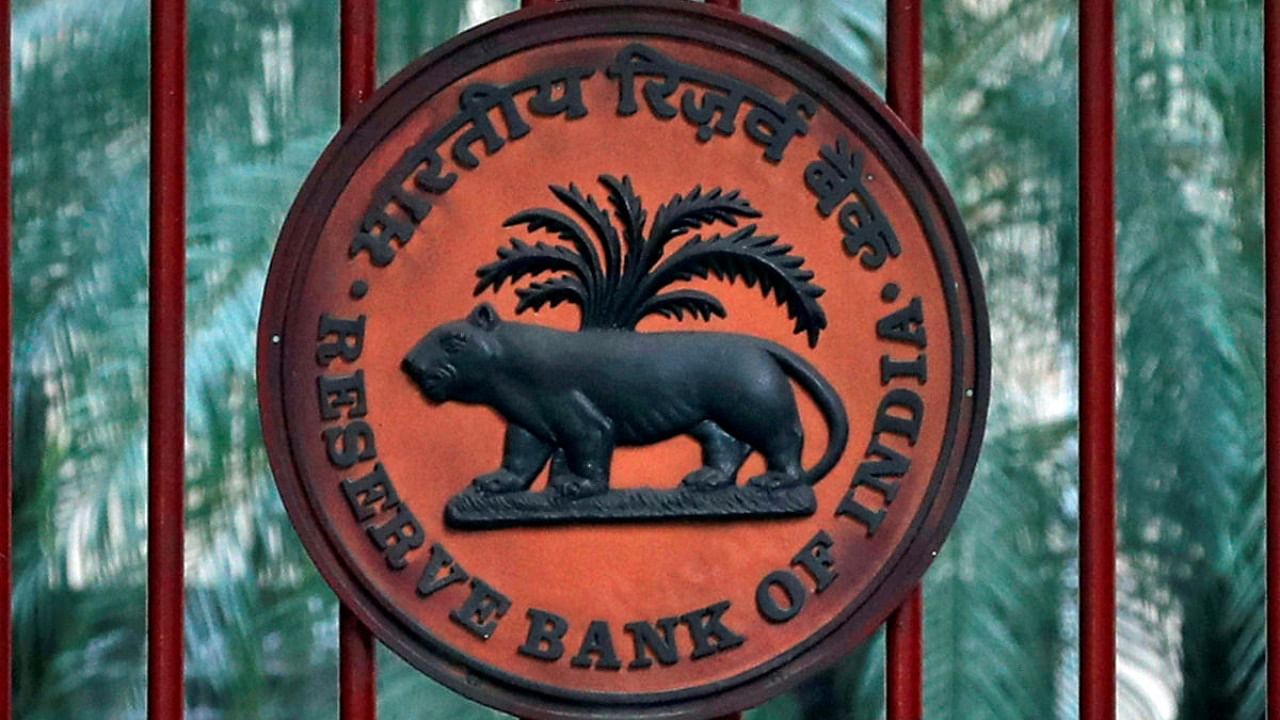
After falling to a six-year low of 6.9% this year, bad loans across all banks may rise to 9.5% by September next year under severe stress conditions, the Reserve Bank of India’s stress test on scheduled commercial banks revealed on Wednesday.
Under the baseline scenario, the non-performing assets of all lenders may rise by 1.2 percentage points to 8.1% by September 2022.
Worse, the central bank said the public sector banks’ gross bad loans may rise to 10.5% by September next year from the current 8.8%.
For private banks, the share of bad loans may rise to 5.2% from 4.6% at present, a six-percentage-point rise.
“If the stress conditions do not materialise and the situation turns optimistic relative to the baseline, gross non-performing assets (GNPA) ratio of all scheduled commercial banks may moderate,” RBI said in its financial stability report released on Wednesday.
Data on credit quality of large borrowers showed that their share in GNPAs fell from 75.9% in March 2020 to 62.1% in September 2021.
A large borrower is defined as one who has aggregate exposure of Rs 5 crore and above.
The report suggested that asset quality of urban commercial banks and Non-Banking Finance Companies have been dented after the two waves of pandemic. The stress tests indicated that banks are generally well placed to weather credit related shocks, while UCBs and NBFCs presented a “more varied picture”.
“After the destructive second wave of the pandemic in India in April-May 2021, which interrupted an economic recovery that was gaining a foothold in the second half of 2020-21, the Indian economy is regaining strength and resilience.
“Going forward, as the economy recovers and credit demand rises, banks will need to ensure availability of sufficient capital to support credit growth. NBFCs and UCBs will have to be mindful of frailties on the liquidity front and ensure robust asset-liability management, apart from improving the quality of their credit portfolios,” the report cautioned.
Governor Shaktikanta Das said that while the economic outlook was progressively improving, there were headwinds from global developments and more recently from Omicron.
He said, “Entrenching the recovery hinges on revival of private investment and shoring up private consumption, which remain below their pre-pandemic levels.”
Watch latest videos by DH here:
